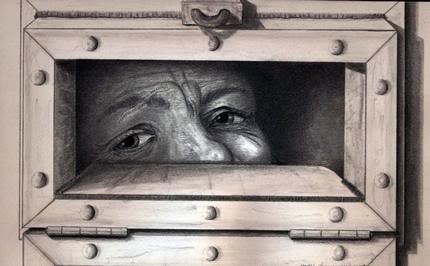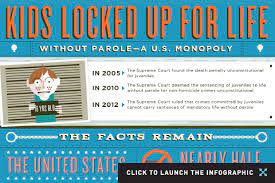
#YouKnowYou’reLockedUpWhen
People you once would’ve swiped left to are now right, right, right. A few years in and everyone’s a 10.
You’ve thought of countless different ways to take yourself out and weighed the pros and cons of each.
You start believing you’re in love with book authors, artists, musicians, poets who “speak to,” “understand” you that you’ll never meet and who are either twice or half your age.
You become one of the two personality types: a) obsessed with showering as frequently and as long as possible, fantasize about it; b) shower not when your celly threatens to beat your ass, but only when they threaten to pour water on your TV.
Torture is epitomized by the restaurant advertisement commercials on TV.
You wake up just a few minutes before they ring the bell and bellow “COUNT!” in the morning because you’re #institutionalized
Every single recipe you see in a cooking magazine you try to emulate, prison-style, with crazy substitutions. Every. Single. One.
Someone asks you your religion, you respond with “David Sedaris.”
Can sleep for 18 hours straight, because oblivion is the only way to Forget.
You eat, sleep, self-mutilate, shit, repeat; Because Depression.
Just managing to wash a few pairs of underwear is a major accomplishment for the day.
You call people who (never) answer, and (never) will.
Sex either dominates your thoughts or you become completely uninterested in it.
You cease to care or care too much.
“Who fucking cares, I’m gonna die here anyway.”
You start to question your sexuality, when just a few months earlier you were bashing those who were “gay for the stay.”
You take offense to drop-the-soap jokes and go to great lengths to explain why they’re so offensive.
You’ve mastered multiple musical instruments, languages, academic subject areas, and The Art Of Keeping Pepper Spray Out Of Your Orifices When Shit Hits The Fan.
You become more cynical than Diogenes. Woof.
Prison Tip #1637: Don’t spit on people. Just don’t. K, thx.
You get your skull bashed in with a lock-in-a-sock before 6 am count; what’s a ‘Good Morning?’
You have to piss in a cup because the COs won’t let you out of your cell to use the common restroom. Not fun, trust me.
Gel pepper spray sticks to the surfaces of The Block for weeks, continuing to burn and cause pain because it was just Created To Suck.
You listen to officers’ radios, just ear hustling because you’re nosy and have a need to know what’s going on.
Other incarcerated people usually do not make credible sources if they’re storytelling. Widely and ironically dubbed ‘inmate.com,’ they’ve been certified fake news by us pseudo fact checkers.
When you hear someone say “I didn’t do it, what happened was…” you can’t help but roll your eyes and say “Frankly I don’t care if you did or didn’t, I still want you out of prison, like, yesterday.”
You give yourself pathetic prison-hacked pedicures on the reg because some things never change.
You start to look at your Prison’s Administration as omnipotent, omniscient, supreme Beings. You can’t help it– especially if they’re nice!
While getting ready in the morning and loudly exclaim to no one in particular “Hmm, what outfit should I wear today? Cocoa Brown Uniform #1, Cocoa Brown Uniform #2, or Cocoa Brown Uniform #3?” At first glance they may appear the same, but #3 is your “Church Outfit” and #2 you’ve distressed for that Grunge Look.
Your incarcerated lifestyle allows you to be More Hipster Than Most. Pshhh, sellouts.
(Photo Credit: Ms. Magazine)



